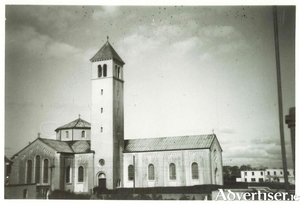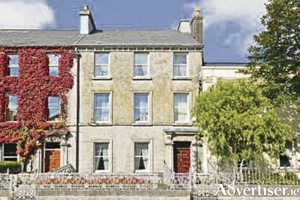Search Results for 'Jesuit Church'
5 results found.
The Church of Christ the King

Around the year 1930, there were about 400 residents in Salthill and it was attracting large number of visitors and tourists who came in the summer. There was provision at the time for the building of some 100 homes. The population was growing but there was no church in the area. Any resident or tourist who wished to go to Mass had to travel into the Jesuit Church or St Joseph’s, or out west to the chapel in Barna.
Galway postboxes

The regular use of the words “post” and “Litir” in 15th century Irish manuscripts suggests that by that time, a postal system was already in existence here. In 1657, a Bill was passed ‘for settling the postage of England, Scotland and Ireland’ which set up a Government monopoly of the service. The Galway Post Office had been established in 1653, and the network of Post Offices throughout the county gradually grew.
A home of character, style, and charm on Sea Road

John Quinn has received instructions to offer for sale No 7 Ely Place, Galway. The property is situated within walking distance of the city centre and is close to every facility including schools, the Jesuit Church, and is just a leisurely stroll to Salthill and the city centre.
Wonderful detached residence in the heart of Galway city

Sherry FitzGerald is delighted to welcome No 25 Sea Road, Galway, to the market for sale by private treaty.
The first co-ed class in the Jes

St Ignatius College’ on Sea Road opened its doors for the first time in 1862. The Jesuits built a residence and a church at the same time and the move proved to be a success for them. Attendances at Mass and ceremonies grew rapidly. The college, however, was more of a challenge. The boys ranged in age from nine to 13 and the subjects taught included mathematics, Latin, Greek, and elocution. The numbers at first were as expected. They grew steadily to 90 in 1865 and reached 110 by 1874, but they began to fall thereafter and were inconsistent from year to year. The number recorded for 1899 was 49.

